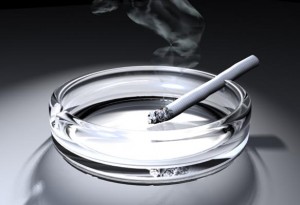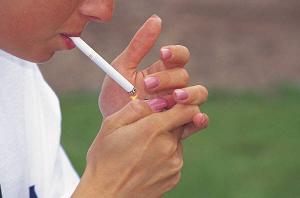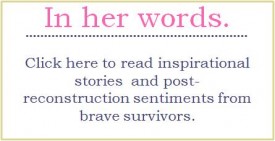 This week, Richard M. Kline, Jr., MD, of The Center for Natural Breast Reconstruction answers your question.
This week, Richard M. Kline, Jr., MD, of The Center for Natural Breast Reconstruction answers your question.
Question: Is it possible to do a flap reconstruction after first surgeon tried expander on radiated breast on a smoker who had quit 7 weeks before surgery? 4 weeks later I still have open wounds almost the size of a quarter.
Answer: Thanks for your excellent question.
Fortunately, previous breast surgery, no matter how extensive, rarely impacts our ability to do a flap reconstruction using your own tissue. In fact, a healthy, non-radiated flap is often beneficial in improving the quality of the radiated tissue around it.
As you seem to already be aware, nicotine is an absolute “no-no” when having surgery, and also when trying to heal a chronic wound. Nicotine causes the microscopic blood vessels in your tissue to clamp down, just like shutting off a valve, which deprives the healing tissues of oxygen. Usually, however, nicotine levels are unmeasurable after a full month of exposure cessation.
We have treated several chronic wounds in patients with failed implant reconstructions, and we have always felt that it was best to get the wound healed before proceeding with flap reconstruction. Achieving healing in these situations is often not straightforward, but we have thus far eventually been successful. Sometimes retained foreign material (such as Alloderm) can play a role in keeping the wound open, and sometimes there is just not enough skin left in the radiated area. Rarely, deep infection of the bone or cartilage can be an issue, although this is unusual.
If you wish, we can set up a phone consultation to discuss your specific circumstances in more detail.
Best of luck, and thanks again for your question.
Have a question about breast reconstruction or post-surgical you’d like answered from our surgical team? Just ask!
 Unfortunately, we can’t live in our parent’s blissful ignorance anymore. And it’s not news that smoking is bad for your health.
Unfortunately, we can’t live in our parent’s blissful ignorance anymore. And it’s not news that smoking is bad for your health.









